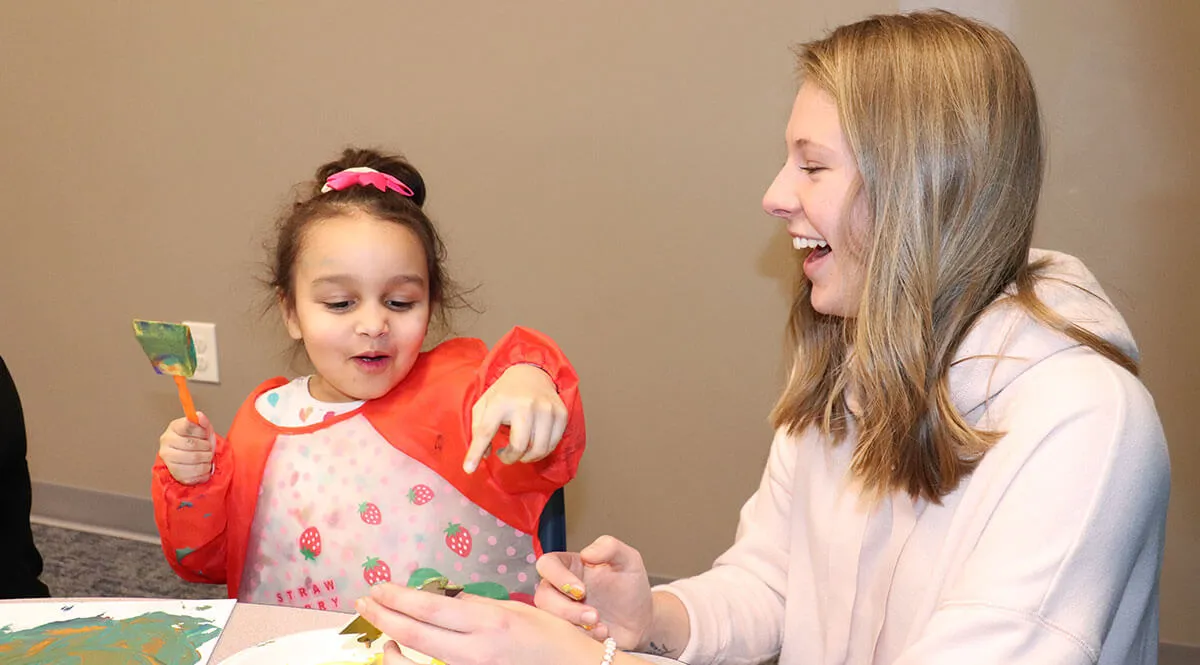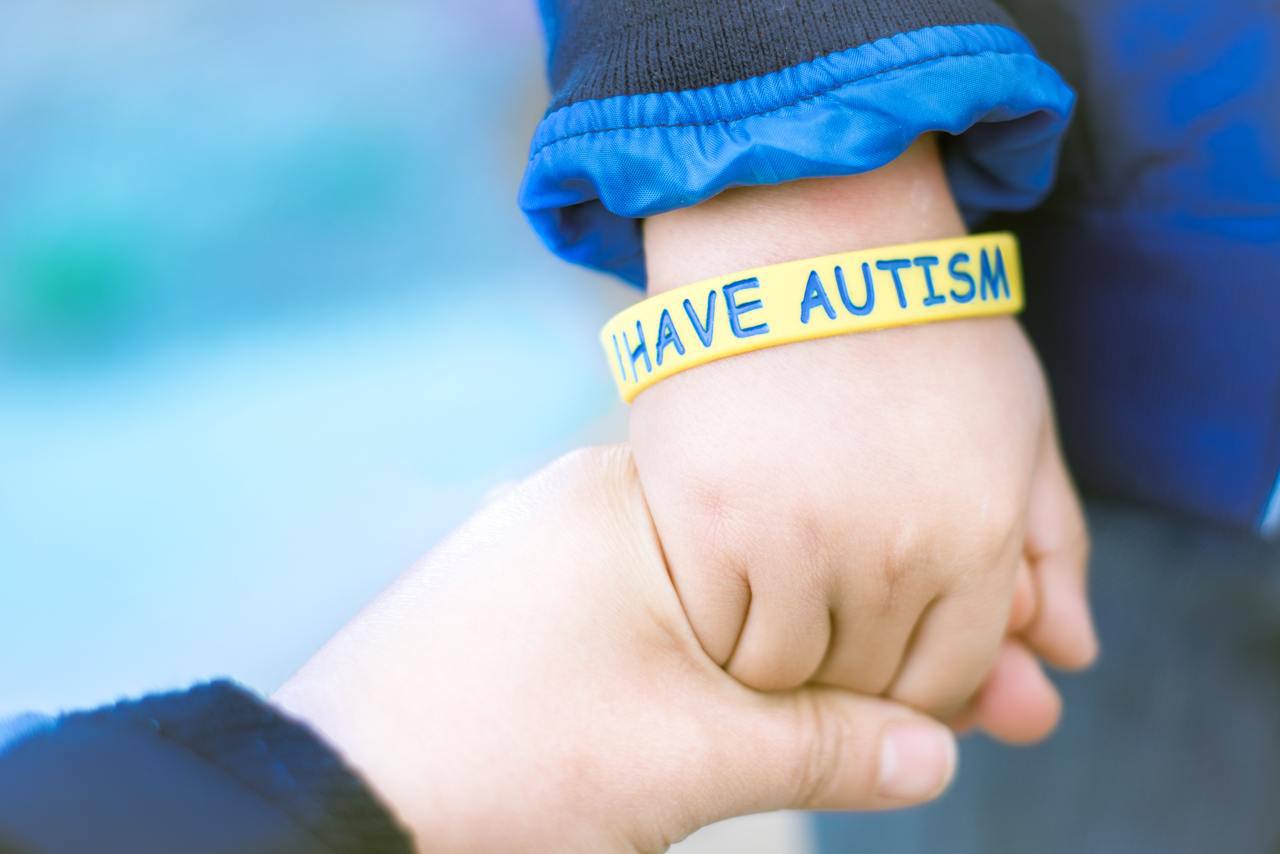As a parent, you know your child better than anyone. If you’ve been feeling unsure about your child’s development or behavior, you’re not alone—and you don’t have to wait for answers.
At Bloom ABA Center, we support families across Fairfax and surrounding areas by providing early intervention and personalized behavior therapy that makes a real difference. Every child develops at their own pace, but sometimes, subtle signs can point to a need for additional support. Trusting your instincts and seeking guidance early can open the door to life-changing progress.
Early Signs of Developmental or Communication Delays
ABA therapy can help children with a wide range of challenges. You may want to consider ABA services if your child:
- Has trouble with eye contact or social interactions (CDC, 2022)
- Isn’t speaking or is speaking very little for their age (Mayo Clinic, 2023)
- Repeats words or phrases without using them meaningfully (echolalia) (Lord et al., 2018)
- Struggles to follow instructions or routines
- Displays challenging behaviors like frequent tantrums, aggression, or self-injury (Smith, 2010)
- Has difficulty transitioning between activities
These behaviors don’t necessarily mean something is “wrong,” but they may be signs of a communication or developmental delay that could benefit from early support. Getting answers sooner allows for more targeted, age-appropriate interventions.
You don’t need a formal autism diagnosis to begin ABA therapy. In fact, early intervention is most effective when started before age 5 (National Research Council, 2001), though children of all ages can benefit.

How ABA Therapy Supports Early Social & Language Skills
At Bloom ABA Center, we use targeted home-based ABA therapy to foster joint attention, eye contact, and back-and-forth communication.
Our team focuses on helping children build:
- Communication and language – including verbal, gestural, and augmentative options
- Social interaction – such as play skills, turn-taking, and reading social cues
- Self-help and independence – dressing, toileting, brushing teeth, and other daily routines
- Emotional regulation – identifying and managing feelings, reducing meltdowns
- Cognitive and learning readiness – attention, memory, and problem-solving
Therapy goals are based on individualized assessments and tailored to each child’s developmental level. Our Board Certified Behavior Analysts (BCBAs) closely monitor progress and adapt plans to maximize outcomes. Whether your child needs help expressing needs, navigating frustration, or joining peer activities, we meet them where they are—and help them grow from there (Reichow et al., 2018).
When Should Parents Act?
If you find yourself second-guessing whether your child’s behavior is typical, it’s okay to ask questions. You don’t need a diagnosis to reach out, and you won’t be judged for wanting to know more.
Consider reaching out if:
- Your child is falling behind in language or social interaction
- You feel communication is becoming frustrating for your child or your family
- You’ve noticed repeated behaviors that seem rigid or disconnected from the moment
- Your child avoids or struggles with eye contact, physical closeness, or shared attention
The earlier you ask, the more options you have. Early intervention doesn’t mean labeling—it means empowering your family with knowledge and support.
In-Home ABA Therapy in Fairfax and Northern Virginia
At Bloom ABA Center, we currently provide in-home ABA services to families across:
- Fairfax
- Vienna
- Arlington
- Alexandria
- Annandale
- Springfield
- And nearby cities
Our Board Certified Behavior Analysts (BCBAs) and Behavior Technicians bring therapy directly to your child’s environment—helping them learn in a safe, comfortable space. This natural setting allows your child to build skills during daily routines, such as mealtime, playtime, and family interactions. In-home therapy also allows parents to observe, ask questions, and stay closely involved in their child’s progress.

Take the First Step
If you’ve been Googling things like “ABA therapy near me” or “autism services for toddlers,” you’re already on the right track. Every parent has questions—and at Bloom ABA Center, we’re here to help you find answers.
Let Bloom support your family with compassionate care, clarity, and expert guidance. You don’t have to navigate developmental concerns on your own. We’ll walk alongside you, helping you understand your child’s strengths, challenges, and the tools that can make a difference.
Bloom ABA Center offers both in-home and center-based ABA therapy designed to meet each child’s needs in the environment where they learn best. We proudly serve families with no waitlists, accept most Medicaid plans, and provide care supervised by BCBAs with 15+ years of experience. Whether your child is just beginning services or transitioning from another provider, we make starting therapy simple, supportive, and accessible.
Schedule a free consultation today to learn if ABA therapy is right for your child.
Bloom ABA Center – In-Home and Center-Based ABA Therapy in Fairfax, VA and surrounding areas
Disclaimer: This article is for informational purposes only and does not constitute medical, diagnostic, or legal advice. Please consult with licensed professionals for personalized recommendations.
References
Centers for Disease Control and Prevention. (2022). Signs and symptoms of autism spectrum disorder. https://www.cdc.gov/ncbddd/autism/signs.html
Lord, C., Elsabbagh, M., Baird, G., & Veenstra-VanderWeele, J. (2018). Autism spectrum disorder. The Lancet, 392(10146), 508-520.
Mayo Clinic. (2023). Autism spectrum disorder. https://www.mayoclinic.org/diseases-conditions/autism-spectrum-disorder/symptoms-causes/syc-20352928
National Research Council. (2001). Educating children with autism. National Academy Press.
Reichow, B., Hume, K., Barton, E. E., & Boyd, B. A. (2018). Early intensive behavioral intervention (EIBI) for young children with autism spectrum disorders (ASD). Cochrane Database of Systematic Reviews, (5).
Smith, T. (2010). Early and intensive behavioral intervention in autism. Behavior Modification, 34(5), 585–602.









submit a comment